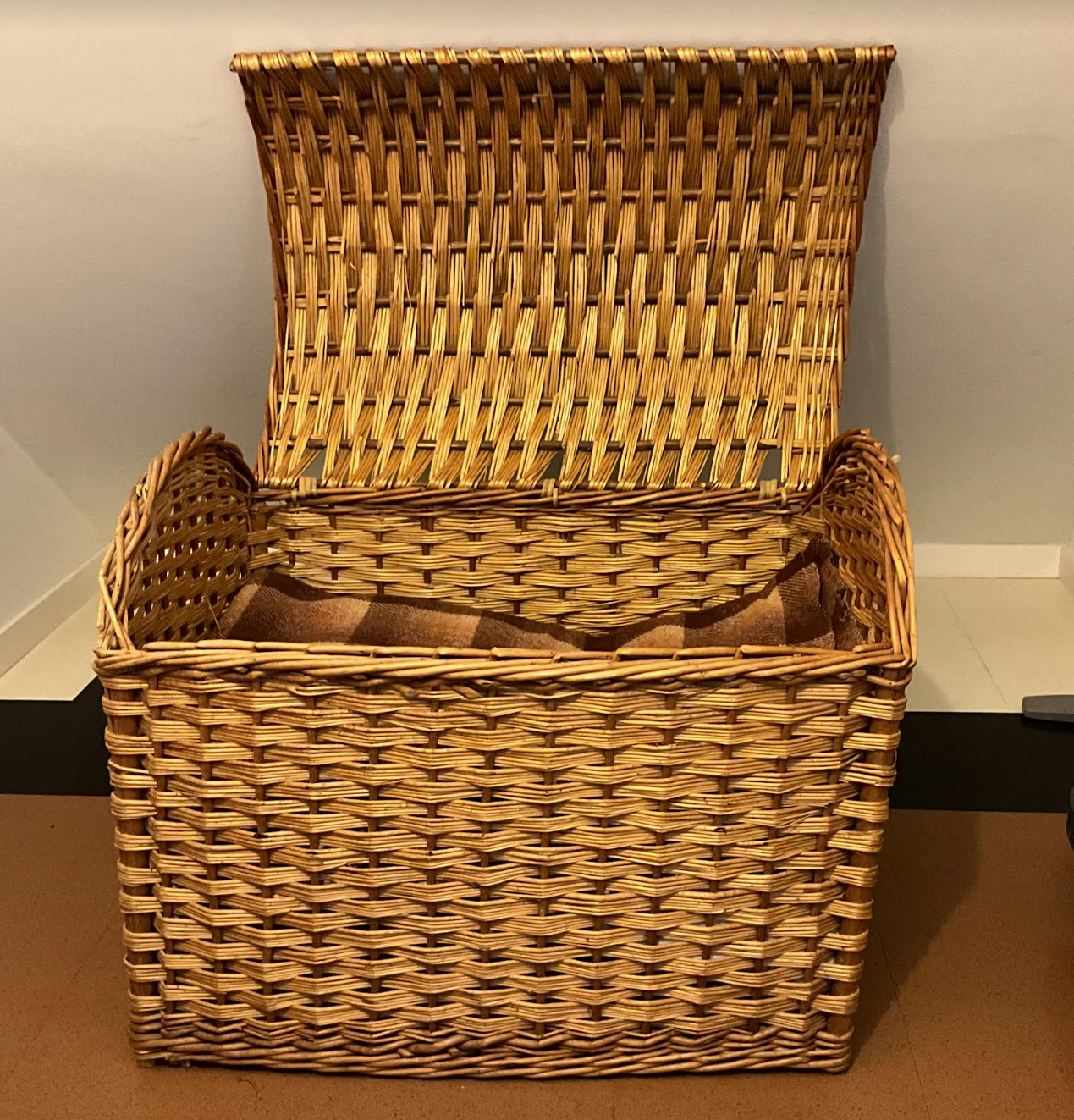Threads 88: The wonderful world of willow
There can be few shrubs and trees that could be more useful than willow
For centuries, willow has been grown and harvested in most European countries. For this reason, the next couple of issues will celebrate the many uses for willow. These will include medicinal uses, and use in building, biomass, fencing, basketry, and even cricket bats.
Willow’s genus or botanical family name is SALIX. There are hundreds of different varieties of willow.
The trees can grow up to 35 feet or more, the shrubs are more plentiful, and they can grow in the Arctic as very tiny shrubs, but generally, they grow in temperate zones. They like to be in sunshine and do not do well in dry areas. They have very long roots and can be problematic going into wells and drains.
In my area, they are the last trees to lose their leaves and the 1st to come out in the spring. Everybody welcomes the pussy willows, not only us but the bees who find their first source of pollen after the winter. They also provide a little nectar in their flowers.
Willows are grown commercially in European countries to provide material for making baskets and many useful products. They are also grown as biomass to preserve the banks on the sides of rivers and marches. Because they grow so quickly they are a useful source of material as wood and woodpulp.
The shrub willows can be cut back every year and their new shoots provide basket weavers with long slender rods. This is known as coppicing willows and has been done for hundreds of years to promote the growth of many smaller rods. Special species have been developed so that the first-year shoots do not grow side branches during the first year, and so are much more useful to use for projects such as basketry and fencing. This practice is also called pollarding. This means the stumps of the big trees send up shoots every spring similar to 1st year shoots and shrubs. These are cut every year to make useful willow rods.
A Pollard willow tree (from https://www.hannavanaelst.com/2022/05/12/coppicing-vs-pollarding-willow-for-basket-making/)
There are a great many uses for willow. These can be traced back for centuries, and include the building of houses and fences. A few centuries ago, willow was used to build houses by making what was called mud and wattle walls. First, a fence was made for the wall and then covered with mud to seal it and provide insulation. Willow fences of course were made to enclose animals and poultry. At this time, willow was used for making coracles, little boats made with willow frames and then covered with hide. Apparently, the shape of the size of the animal hide influenced the size of the boat frame.
In Victorian days, when people started to travel around the world by ship, all the big luggage trunks were made with willow basketry. They were covered in canvas and given metal handles and locks. I was given an old trunk and removed the canvas to illustrate the basket work. Today we make willow lanterns and cover them with waterproof tissue paper, an interesting reflection.
In the next issue, we will discuss growing willow, from taking cuttings to the many different preparations of willow.
The Victorian trunk undressed!



